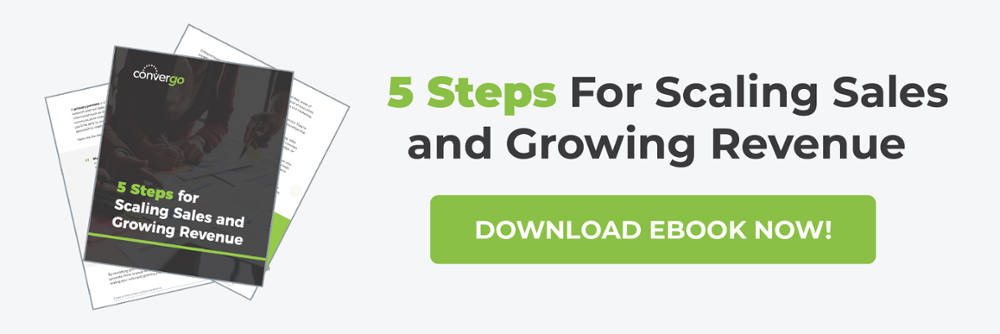
by Bill Poole | Oct 10, 2023 | Strategy
Small business owners are often faced with a decision dilemma of hiring the right leader for their leadership team. The two ends of the spectrum are:
- The leader that I know and want for my business is not affordable
- The leader that I can afford will be different from the leader I want.
There is no more need to struggle with this dilemma! The proliferation of fractional services now enables business owners to get the quality leader that they want at an investment level they can afford. Alignable’s August Small Business Labor Report found that 32% of SMB employers are focused on hiring contractors and part-timers.
While the leadership positions are part-time, there’s still much to do! So, setting up the fractional engagement for success is crucial to ensure all expectations are aligned. When you boil it down, there are three high-level categories to consider. Using the context of a Revenue leader:
- Leadership, Management, and Accountability (LMA): Developing and leading sales and marketing teams.
- Building: Implementing or optimizing the sales and marketing infrastructure for ongoing improvement
- Doing: Doing the work. Active participation in sales cycles
This differentiation can be helpful when scoping, setting expectations, and for ongoing communications. Let’s peel back each of them…
LMA
Developing and leading a team is typically the most impactful way a sales or revenue leader spends their time. Long-term sales success is contingent on the ongoing development of the sales reps. So, when the sales team is developed, the entire team’s performance grows exponentially.
This is a big problem in many small businesses when they elevate their best sales rep to be a manager, which can be a big mistake. Sales can be positively affected by this setup in the short term. Still, the long-term impact is that the sales team does not realize their potential from a development perspective.
From sales leadership to graphic design, there are countless functions within the revenue department. Outsourcing many of these functions may be a great play for small businesses, especially with the marketing disciplines. So, vendor management falls into the LMA category. This can take a huge load away from the Visionary/Founder.
Building
We view “building” as the process of building or optimizing infrastructure. If nothing exists, building involves developing processes and associated KPIs to get to the point of having a basis for ongoing improvement. For companies that run on EOS, ongoing improvement happens in annual and quarterly planning meetings to set “Rocks” (building priorities) that can then be tracked in weekly L10s,
“Building” then might mean building new processes or possibly optimizing existing ones to improve on existing metrics or input new ones.
Building can be a challenge for a Fractional Revenue Leader for a couple of reasons:
- Capabilities – A wide variety of disciplines are needed in the revenue space (sales process, content writing, graphic design, etc.). I have yet to find the unicorn that has all of these capabilities, so the Revenue leader needs to lean on other resources to help with building.
- Bandwidth – Fractional leaders typically have a consistent amount of time allocated for each of their clients. So, they do not have a surplus of extra time to be able to add or remove scope every quarter to support building.
Fractional firms like Convergo might have the back office bandwidth to support their clients from a building perspective while the Fractional Revenue Leader is fulfilling their normal scope of duties.
Doing
The need for “doing” the work in the revenue space might involve countless different functions:
- Sales: Strategic relationships, managing sales opportunities, outbound prospecting, sales engineering,
- Marketing: Content writing, graphic design, web design, web development, SEO, social media management…
Like building, the unicorn that can do all these things does not exist on this planet. That said, a Fractional Revenue leader can perform any of this work if they have the skills and the time.
One unique way that we help with “doing” at Convergo is that we can place a Fractional Sales Professional for the visionary that is ready to take off the sales hat or needs to complement a sales team to approach a new market.
Conclusion
In a perfect world, some would argue that a leader is supposed to spend all of their time enabling their team to perform and drive results by leveraging their LMA skills and abilities. The reality of small business is that leaders sometimes need to wear many hats, so more than LMA might be required.
In closing, it is essential to have complete clarity about what a fractional leader will be doing before they come on board. An experienced, fractional leader will have a process to ensure that this is understood and included in a tight statement of work before an engagement begins.

by Bill Poole | Aug 22, 2023 | Sales
Unlocking Growth for Entrepreneurial Businesses by Overcoming Sales Barriers
Sales is a barrier to growth for a lot of entrepreneurial businesses. Understanding how to break through that barrier can be very challenging. How can you do it? Some common thoughts that go through your mind might be:
- Do I have the right people in place?
- Are we taking the right approach?
- Do I need to document my processes?
- Do I need to improve my scorecard?
Many of these things can be helpful, but acting on these questions may lead you down the wrong road because you may not be addressing the root cause of the problem. Many times, the challenges are more foundational.
Three questions you should ask yourself before acting on one of those questions are:
- Do I clearly understand my ideal client and the outcomes they want from their business?
- Are my uniques/differentiators/value proposition aligned with the outcomes that my ideal clients want?
- Is the path to realizing our value clear for my ideal clients?
Let’s explore these questions in more depth so that you can have a better understanding of what the root cause of your challenge might be.
Do I have a clear understanding of what my Ideal Clients want?
If your ideal client profile is too broad, it can weaken your message and make it challenging to reach your entire market. Honing your Ideal Client Profile (ICP) has two huge benefits:
- It strengthens your message – a tighter ICP makes it easier to create a message that resonates.
- It allows you to be more effective with your limited sales and marketing budget – simply stated, investing the same amount on a smaller pool of more qualified prospects that your business is more optimized to serve yields better results.
Your ICP should include the high-level outcomes that Ideal Clients want from their business. This helps you align your offerings and also create messaging that hits the mark.
Are my differentiators/uniques aligned with the outcomes that my ideal clients want?
The ideal state is that you have some uniques or differentiators that directly align with your Ideal Clients’ desired outcomes. In its purest sense, if you uniquely position your services to satisfy your ideal clients’ desired outcomes, sales, and marketing can be like shooting fish in a barrel.
This is a lot harder in businesses that operate in a competitive market. The EOS™ 3 Uniques concept states that, while some companies might share a unique or two, the ideal state is that no other business offers all three.
If you are in a market that is challenging to differentiate, then clearly connecting your services to your Ideal Client’s desired outcomes might be the best thing you can do to differentiate.
Is the path to value clear for my ideal clients?
The path to value has a lot of interchangeable terms:
- Client Journey
- Proven Process in the EOS world
- Client Experience
Regardless of what you call it, the keys to leveraging the concept to win more are the same:
- Tightly integrate your uniques into the journey
- Make it clear how your Ideal Clients navigate their path to value
- Brand your Client Journey and use it as a tool to connect with your Ideal Clients
As Donald Miller says, “… if you confuse, you lose.” Clearly communicating your Ideal Client’s path to value will not only help you speak to prospects and clients, it will also help you align your team to deliver the journey that you desire.
Conclusion
This should help you better understand the root cause of your barrier to sales. If you are able to resolve these questions with good answers, then the next step is to look at your systems and people and build your growth assets.
Read more on how to identify your ideal client profile.
Make sure to download your “5 Steps for Scaling Sales and Growing Revenue” ebook.
#entrepreneurialbusiness #salesbarriers #idealclient

by Bill Poole | Apr 17, 2023 | Marketing, Sales
As an entrepreneur, growing revenue and scaling sales is crucial to the success of your business. However, it can be challenging to achieve these goals if you don’t have a documented Ideal Client Profile. This detailed description of your target customer will enable you to identify who your Ideal Prospects are and also serve as a filter to determine if a potential client will be a good fit. Knowing who your ideal clients are helps you pinpoint exactly where to focus your marketing efforts. When your marketing is pointed at those most likely to purchase what you’re offering, you have the most potential for sales growth.
Identifying Your Ideal Client Profile
Your ideal client profile (ICP) is not a one-size-fits-all solution. Ideal Clients are an intersection of the clients that:
- You are operationally optimized to serve
- Are the most valuable to your business
- Align with your team and values.
The high-level components of an ICP are:
- Description: One or two sentences that describe the characteristics of the companies who are a perfect fit for your solution.
- Data Points: This includes demographic data such as size of the company, including number of employees and revenue, location, and other specific company traits.
- Primary Personas: A primary persona is a fictional representation of your ideal clients based on market research and real data about your existing clients. At the very least, it should include: motivations, role goals, pain points, and preferred communication channels. The more specific and detailed your buyer persona is, the better you’ll be able to understand your target audience and tailor your marketing and sales approach to meet their needs.
Documenting your Ideal Client Profile (ICP) should enable you to pull “The List,” which is the actual businesses that meet the criteria in the ICP. This should be an addressable market for your sales and marketing efforts. If The List is too broad, reel in the data points on the ICP. Then, you can operationalize your ICP to realize the following benefits:
The Role of an Ideal Client Profile in Scaling Sales and Growing Revenue
Once you’ve put the proper plan into action to develop your ICP, what results should you expect? What benefits come from identifying your ideal client?
Focuses your Sales and Marketing Energy and Spend
Spending time and money without focusing on an ideal Client is wasteful. Once you have an addressable market, 100% of your sales and marketing spend and energy can be focused on ideal prospects and clients instead of diluting the spend on the wrong prospects for your business.
Improves Your Message
Your ICP includes your target personas and their desired outcomes. Having a more narrow ICP enables you to craft a message more likely to resonate with your ideal clients and prospects. So, when your prospects see your message, they are more likely to engage.
Enhances Your Client Satisfaction
Depending on your business, when your sales and marketing efforts bring on the wrong clients, operational challenges can be created. Your team should be operationally optimized to serve ideal clients in an efficient and effective manner. So naturally, bringing on ideal clients improves client satisfaction.
Increases Your Revenue
Focusing your sales and marketing energy, improving your message, and enhancing client satisfaction will of course lead to revenue growth. Moreover, satisfied customers are more likely to refer others to your business, leading to a steady stream of new customers and revenue.
By identifying your ideal clients, you can better target your sales and marketing efforts and generate more revenue for your business.
Developing an ideal client profile is essential for any business looking to scale its sales and grow its revenue. It helps you focus on serving businesses that align with your values and expertise, ultimately providing the best possible outcomes for your clients. Following these tips, you can describe your ideal client and develop targeted marketing and sales strategies to reach them effectively. The next step to scaling your sales and growing your revenue is focusing on your messaging, which we will explore in the next blog.
To learn more, download our ebook, “5 Steps for Scaling Sales and Growing Revenue”, today!




